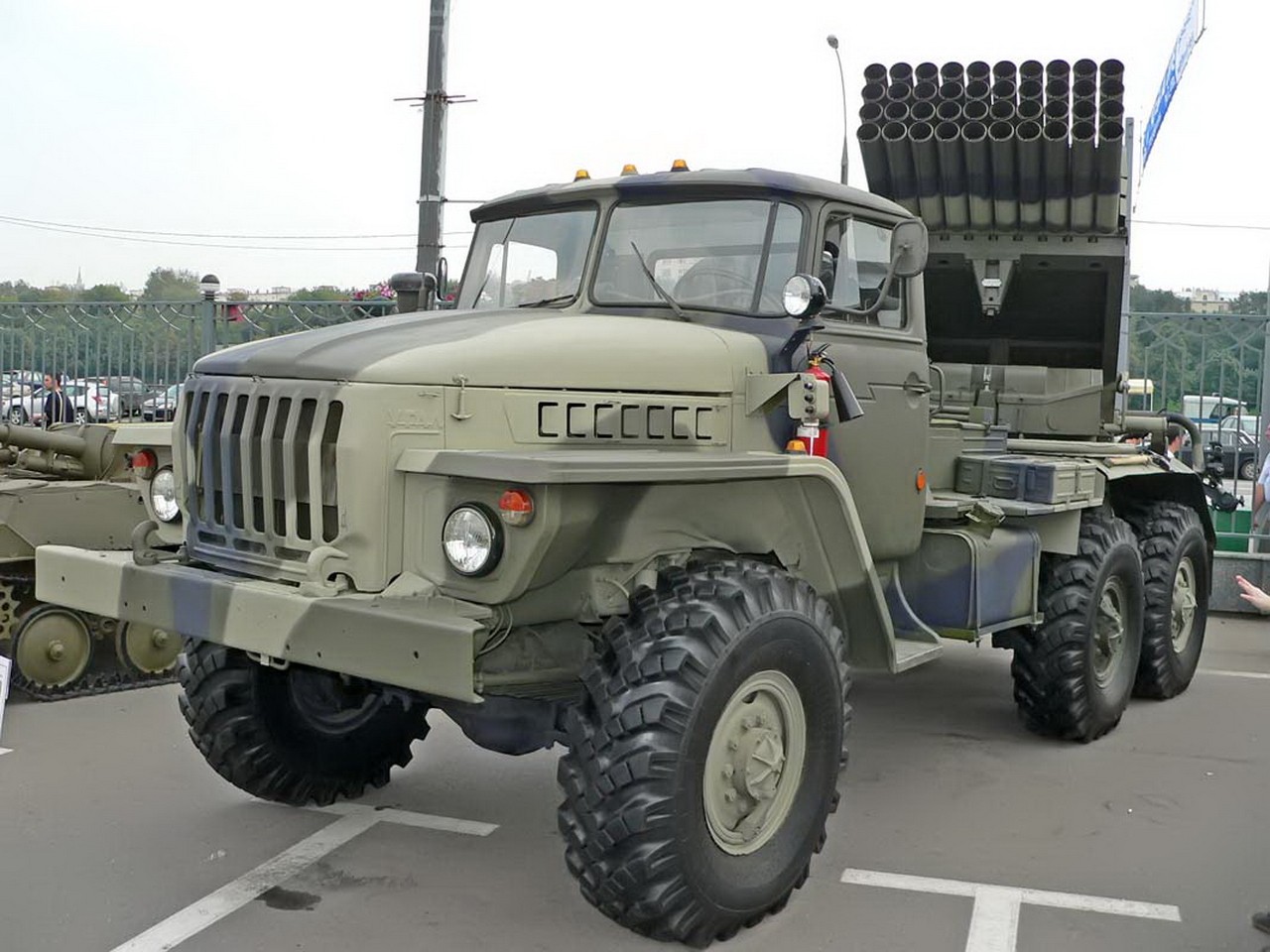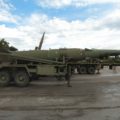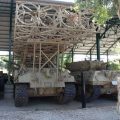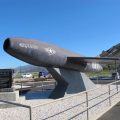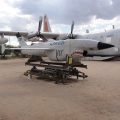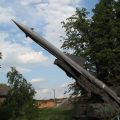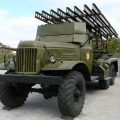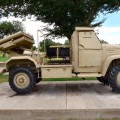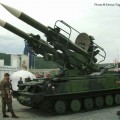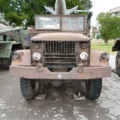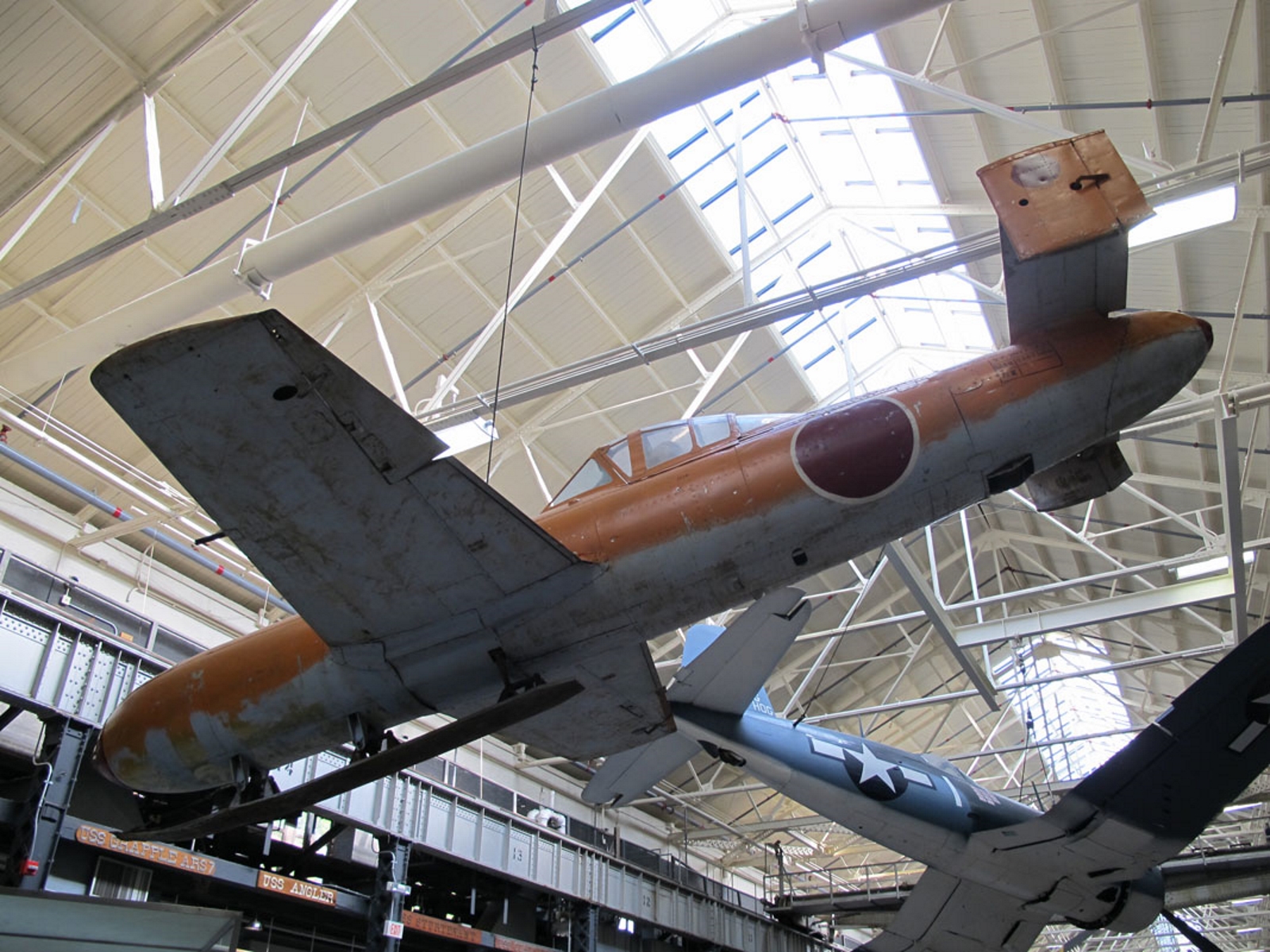
Kugisho/Yokosuka K-1 Ohka | ||
| Maa | Japani | |
| Tyyppi | Rakettikäyttöinen ihmisen ohjaama | |
| Ensimmäinen lento | October 1944 | |
| Rakennettu | 852 | |
Valokuvagalleria Kugisho/Yokosuka K-1 Ohka, The Yokosuka MXY-7 Ohka was a purpose-built, rocket powered human-guided anti-shipping kamikaze attack plane employed by Japan towards the end of World War II. Ohka K-1: an unpowered trainer version with water ballast instead of warhead and engines, to provide pilots with handling experience. 45 were built by Dai-Ichi Kaigun Koku Gijitsusho
| Kugisho/Yokosuka K-1 Ohka | |
|---|---|
| Valokuvaaja | Vladimir Jakubov |
| Lokalisointi | Yhdysvaltain laivaston kansallismuseo |
| Valokuvat | 26 |
| Infos | |
|---|---|
| Rooli | Kamikaze aircraft |
| Valmistaja | Yokosuka Naval Air Technical Arsenal |
| Ensimmäinen lento | October 1944 |
| Johdanto | 1945 |
| Eläkkeellä | 1945 |
| Tuotettu | 1944–1945 |
| Luotu numero | 852 |
Aiheeseen liittyvät sarjat:
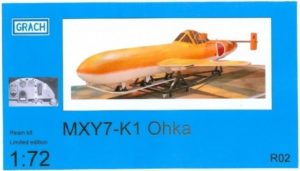
Etsi sarjoja eBaysta:
Katso myös:
Nniiden Kugisho/Yokosuka K-1 Ohka was a rocket-powered kamikaze aircraft developed by the Imperial Japanese Navy in the final stages of World War II. The name Ohka means “cherry blossom” in Japanese, and it was also known as the Baka (“fool” or “idiot”) by Allied pilots. The Ohka was designed to be carried by a bomber to the vicinity of the target, and then released to glide towards the enemy ships at high speed. The pilot would then ignite the rocket engine and accelerate to over 600 mph, crashing into the target with a 1,200 kg (2,600 lb) warhead.
Nniiden Ohka was intended to be a cheap and effective weapon against the Allied naval forces, especially the aircraft carriers. However, it had many drawbacks, such as its short range, its vulnerability to fighter interception, and its low accuracy. The Ohka was used in several attacks against Allied ships in 1945, but with little success. Only seven ships were hit by Ohkas, and none were sunk. The Ohka pilots also suffered heavy casualties, as more than 850 of them died in the missions. The Ohka was one of the most desperate and futile weapons of the war, and a symbol of Japan’s willingness to sacrifice its young men for a hopeless cause.
Katselukertoja : 2199


